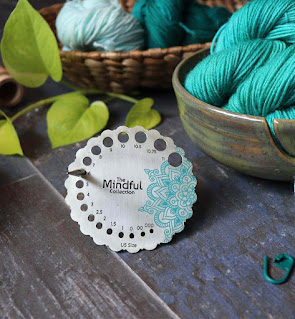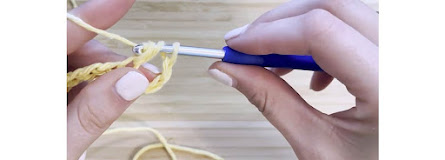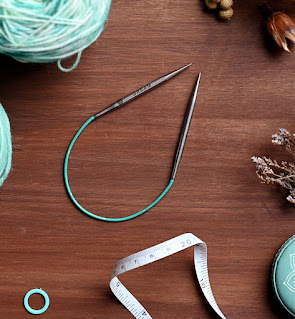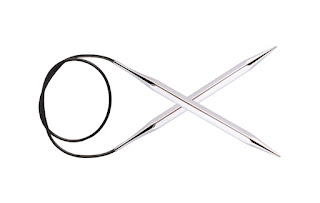You think all you need to knit is knitting needles and wool. That's not wrong either, but with our Knitters Pride knitting accessories you make life easier and have a better knitting experience. You will surely ask yourself how you managed without these helpers until now. In this short blog we would like to present some of our accessories in more detail and explain how they work.
Knit blockers
Many knitting patterns only unfold when properly blocked. The pieces of knitting are moistened and stretched to the right shape and size. To make this process extra easy, we've designed these awesome Knitters Pride Knit Blockers for you. The needles are gentle on your knitting project and rust-resistant.
Aqua Sock Blockers
Socks also need to be blocked and due to their special shape, they also need a special accessory to block. These Aqua Sock Blockers are designed specifically so that you can slide your sock on and block into the right shape. Pretty handy, isn't it?
Row Counter Ring
Everyone likes a nice ring on their finger. We don't offer it as a pretty fashion accessory, but as a useful knitting accessory for you. With this ring you can count your knitting rows and don't miss the rows of your pattern. You can also interrupt your work and know where to continue next time.
Row Counter Clicky
If you don't like or don't want it in the form of a ring, you can alternatively take a look at our Row Counter Clicky here. As the name suggests, the Clicky has a clicker that you press at the start of each round to count your rounds.
Tape measure
Every piece of knitting or crocheting has to be measured. It doesn't work without the numbers, sometimes you have to measure the arms, the collar or simply the length. Our practical Tape Measure in different shapes are practical to pack in the needlework bag and always have with you without getting tangled up. Because the measuring tapes can be pulled out and with one press, the measuring tape can be neatly retracted and stowed away again very quickly.
Folding scissors
A pair of scissors is always a must. And these scissors are ideal for your handicraft bag, because you have absolutely no risk of injuring yourself. Because it is foldable, the sharp tips can be hidden inside the scissors and can be transported safely.
Stitch markers
Sometimes a row has to be marked, sometimes stitches or the beginning of the round. Stitch markers are little helpers that we couldn't work without. We have the small colorful markers in a wide variety of shapes and colors. Take a look around and equip yourself with a few of the colorful little helpers.
Wool needles
We need woolen needles to sew on individual parts, to sew them together or to sew up thread ends. We have a set of woolen needles that includes different sizes and are therefore suitable for a wide variety of projects.
"Make an empty space in any corner of your mind, and creativity will instantly fill it." - Dee Hock
These useful accessories will take your knitting experience to a whole new level. As a result, you will experience more joy in knitting and can become more creative and devote yourself fully to your work. We as Knitters Pride do our best to always offer you the best knitting experience.
Source: https://www.atoallinks.com/2022/best-knitting-accessories-you-can-buy/







.jpg)


.jpg)
